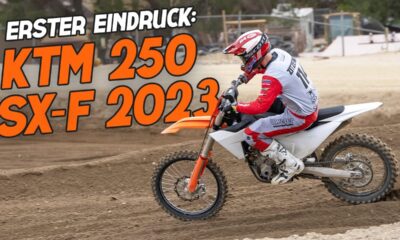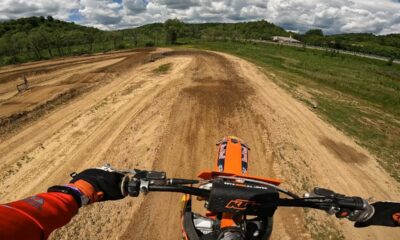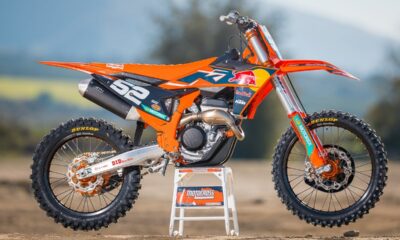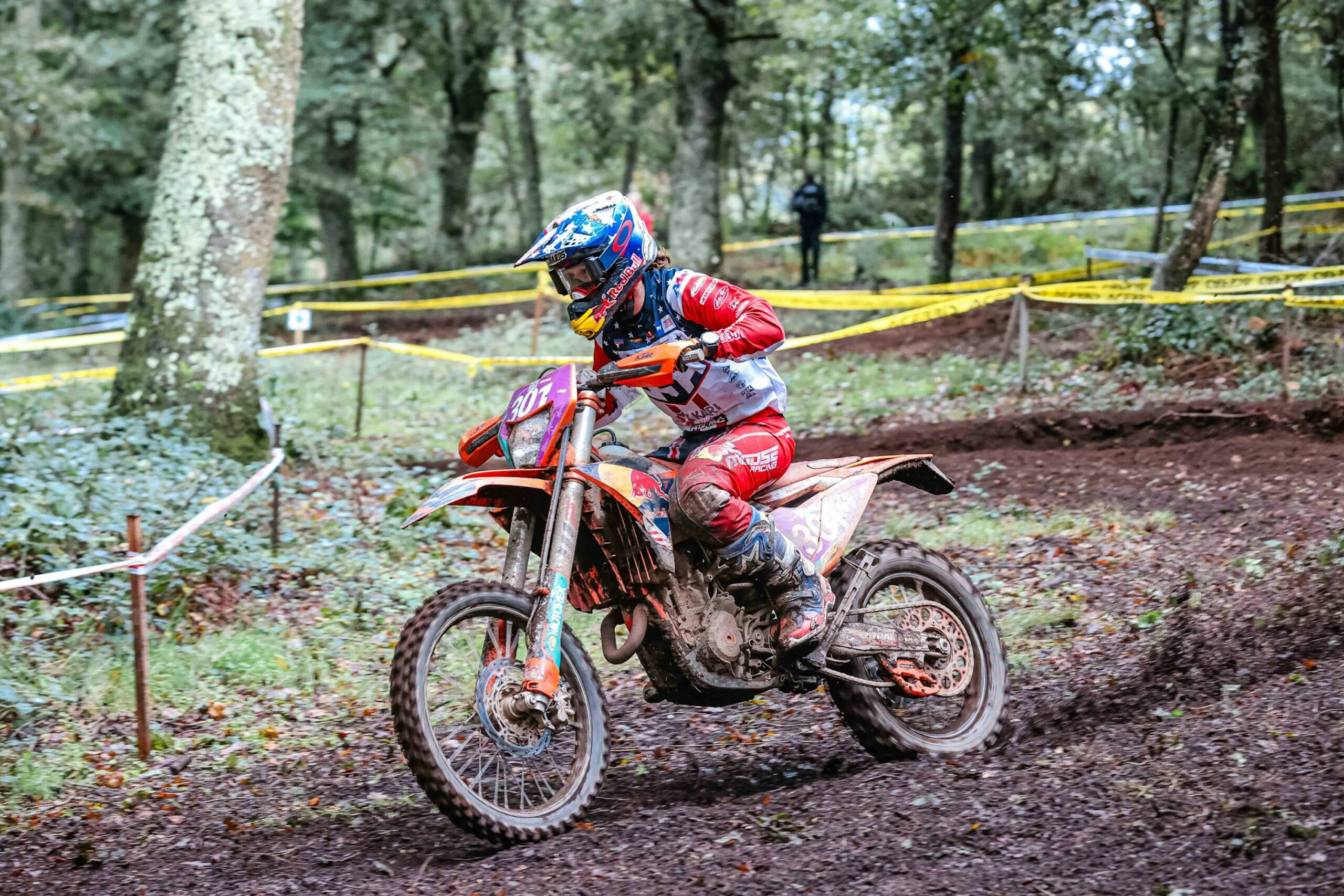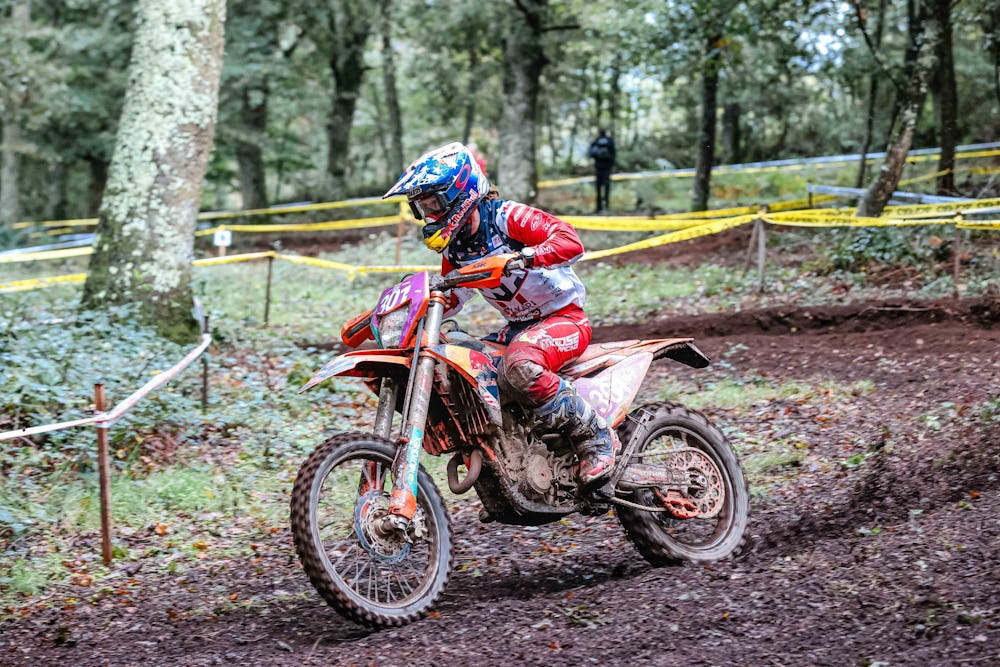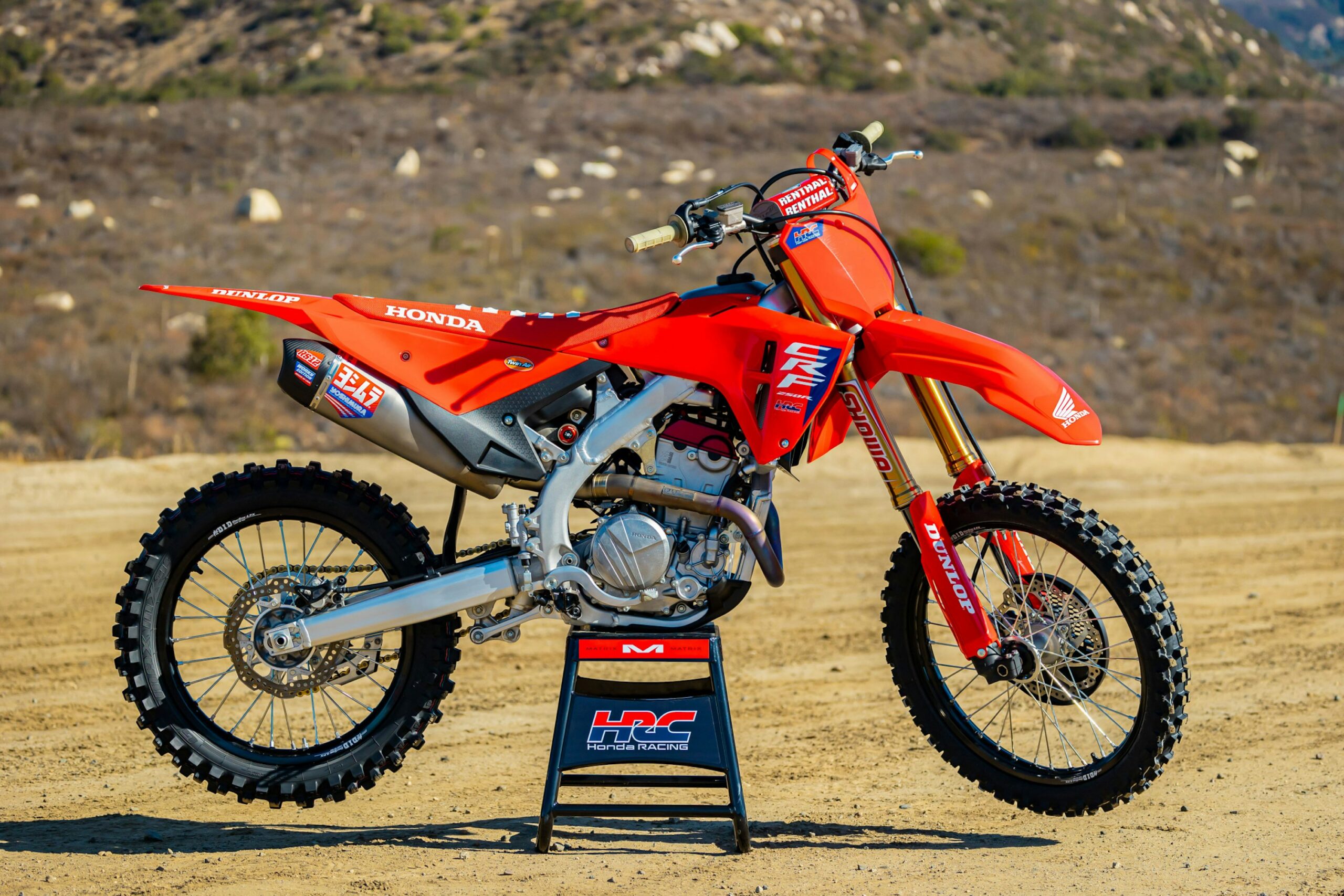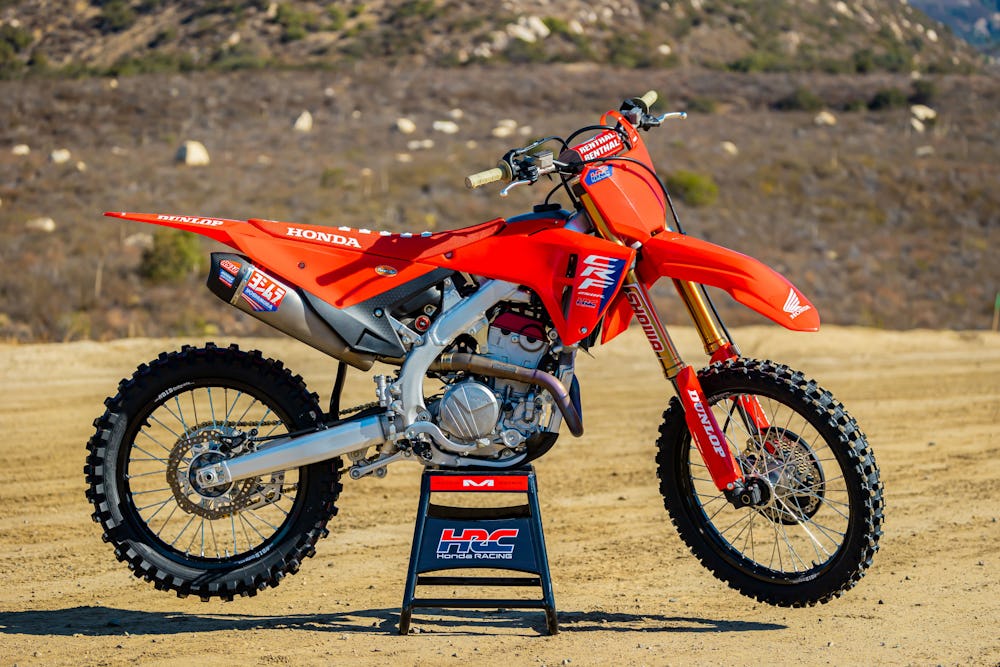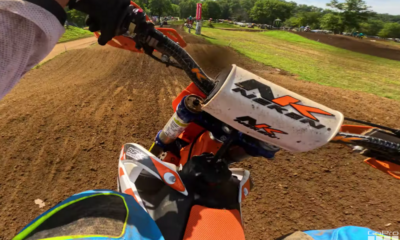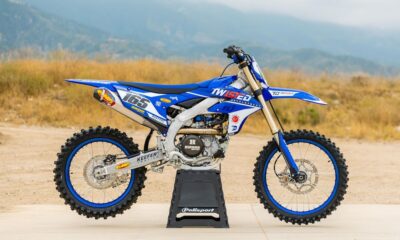Even so, an enduro bike like the TSW All Quest has very particular characteristics, indicated for those who really want to test the speed limits downhill. But, even because of this speed, the equipment used in each of the modalities usually varies, and one of the most prominent points is precisely the helmet.
Trail, All-Mountain and Enduro helmet
Due to the higher speed and more technical trails, modalities such as trail and all-mountain, in addition to its competitive version, Enduro, require a higher level of protection, especially for the cyclist’s head.
Therefore, helmets like the MTB Enduro 2021/2022 have stronger construction, as well as an extension at the back of the head. With that, the occipital region, which is above the nape and is super sensitive, is much more protected.
In addition, the model has an extension that increases coverage of the temples, which also helps protect a more delicate area of the skull. Another important detail is that, like any good helmet for more extreme sports, it also has a relatively large visor.
The visor helps protect your eyes and face from branches and other obstacles you might encounter on a closed high-speed trail, and in the event of a fall, it provides an additional barrier of protection for the face – of course, it it’s great for preventing sun glare.
Even though it’s more reinforced, the Enduro helmet must keep ventilation high, and that’s why the MTB Enduro TSW has 16 ventilation openings, and a retention system that holds the accessory firmly to the head, capable of resisting large vibrations such as holes and jumps, without the equipment moving out of place – something essential for your safety.
Helmets for XC
Cross-country, especially marathon modalities, are usually practiced in less complicated conditions for the cyclist. In addition, with the focus on speed and performance, especially on climbs, the XC rider is usually more focused on low weight and high ventilation.
With these details in mind, it’s easy to understand why cross-country helmets tend to be a little more minimalist than Enduro and All-Mountain helmets. Models like the MTB Raptor III, for example, weigh just 190 grams, against about 270 grams for an enduro model – there are even lighter models, like the Rava Space 3, which weighs just 180 grams.
Although many XC helmets also bet on the visor, it is usually smaller and, in some cases such as the TSW Team Plus Helmet, the accessory is not used to reduce weight and improve airflow around the equipment, which improves ventilation as well as aerodynamics.
And speaking of ventilation, this is one of the most important points of a cross-country helmet, as the head dissipates a huge amount of heat. Because of this, keeping the air flowing around her is critical to good athletic performance – good XC helmets have lots of vents, as does the Raptor 2 which has 18 air intakes .
Despite these details, the cross-country helmet must be completely safe to practice the sport and, for that reason, all models offered by TSW bet on modern technologies such as in-mould construction, which guarantees a better finish, in addition to a more robust structure.
In addition, a good helmet to face XC training, rides and competitions must be stable on the head and, for that, the ratchet retention system is super important. The equipment is available in several TSW models, including the Raptor 2 .
Which helmet to wear?
In the end, the choice of helmet depends too much on your objective on the bike. But, pay attention to one detail: avoid facing very risky trails wearing a helmet that might not offer enough protection for that.
Also, if your focus is not on the highest performance, taking away every second of a climb, you might want to invest in a helmet like the MTB Enduro. That’s because, despite being more robust, it weighs just 260 grams and, in case of a fall, you’ll be better protected.
Now, if you want maximum performance, like the TSW Racing Team athletes, you better bet your chips on super light, ventilated and aerodynamic models.
But, in any case, remember that the helmet is only protective equipment and, to keep yourself safe, the best thing to do is always to pedal responsibly, respecting your limits and also those of your bicycle.






